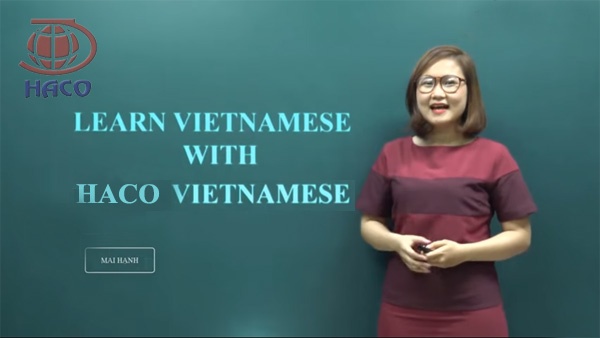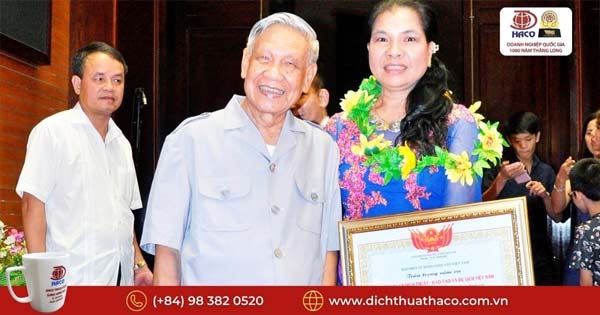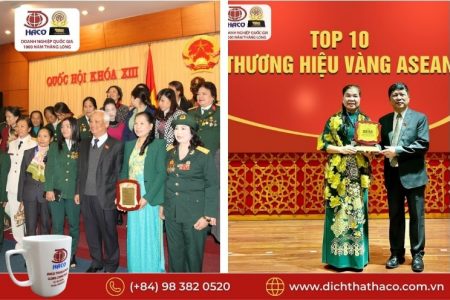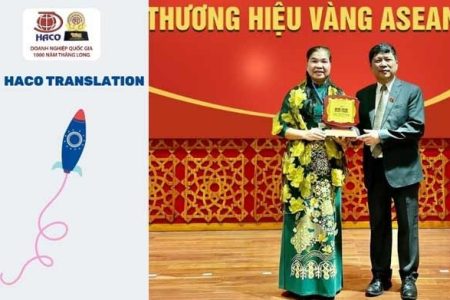What is teaching Vietnamese to foreigners?
Teaching Vietnamese to foreigners can be a rewarding and challenging experience. It is a great way to share your culture and language with people from all over the world. It can also be a great way to learn more about the language and culture yourself. Teaching Vietnamese to foreigners requires patience, creativity, and a good understanding of the language. With the right approach, you can help your students learn the language and gain a better understanding of the culture.

Exploring the Benefits of Teaching Vietnamese to Foreigners
The Vietnamese language is a beautiful and complex language that has been spoken for centuries. It is the official language of Vietnam and is spoken by over 70 million people worldwide. As the world becomes increasingly interconnected, the need for people to learn and understand different languages is becoming more important. Teaching Vietnamese to foreigners is a great way to bridge cultural divides and promote understanding between different cultures.
There are many benefits to teaching Vietnamese to foreigners. First, it can help to promote cultural understanding. By teaching Vietnamese to foreigners, they can gain a better understanding of the culture and customs of Vietnam. This can help to foster mutual respect and understanding between different cultures.
Second, teaching Vietnamese to foreigners can help to improve communication between different cultures. By learning the language, foreigners can communicate more effectively with Vietnamese people. This can help to break down language barriers and create a more harmonious relationship between different cultures.
Third, teaching Vietnamese to foreigners can help to create economic opportunities. By learning the language, foreigners can open up new business opportunities in Vietnam. This can help to create jobs and stimulate economic growth in the country.
Finally, teaching Vietnamese to foreigners can help to promote tourism in Vietnam. By learning the language, foreigners can better understand the culture and customs of Vietnam. This can help to attract more tourists to the country, which can help to boost the economy.
In conclusion, teaching Vietnamese to foreigners can be a great way to promote cultural understanding, improve communication, create economic opportunities, and promote tourism in Vietnam. It is a great way to bridge cultural divides and foster mutual respect and understanding between different cultures.

Strategies for Teaching Vietnamese to Non-Native Speakers
Teaching Vietnamese to non-native speakers can be a challenging task. However, with the right strategies, it is possible to make the learning process easier and more enjoyable. Here are some strategies for teaching Vietnamese to non-native speakers:
1. Start with the basics: Begin by teaching the basics of the language, such as the alphabet, pronunciation, and basic grammar. This will help students to understand the language better and build a strong foundation for further learning.
2. Use visuals: Visuals can be a great way to help students learn. Use pictures, videos, and other visuals to help students understand the language better.
3. Incorporate culture: Incorporating Vietnamese culture into the lessons can help students to understand the language better. This can include teaching about traditional customs, festivals, and other aspects of Vietnamese culture.
4. Use repetition: Repetition is key when it comes to learning a language. Encourage students to practice and repeat words and phrases to help them remember them better.
5. Provide feedback: Provide feedback to students to help them understand where they are making mistakes and how to improve.
By following these strategies, teachers can make teaching Vietnamese to non-native speakers easier and more enjoyable.
Tips for Teaching Vietnamese to Beginners

1. Start with the basics: Begin by teaching the Vietnamese alphabet and pronunciation. This will help students to understand the language and be able to read and write it.
2. Use visuals: Visuals such as pictures, videos, and diagrams can be used to help students understand the language better.
3. Incorporate culture: Incorporating Vietnamese culture into the lessons can help students to understand the language better and appreciate the culture.
4. Practice speaking: Encourage students to practice speaking Vietnamese as much as possible. This will help them to become more comfortable with the language and improve their pronunciation.
5. Use games: Games can be a great way to make learning Vietnamese fun and engaging.
6. Provide feedback: Provide feedback to students on their progress and encourage them to keep practicing.
7. Use online resources: There are many online resources available to help students learn Vietnamese. Utilize these resources to supplement your lessons.
Incorporating Technology into Teaching Vietnamese to Foreigners
Incorporating technology into teaching Vietnamese to foreigners is an effective way to improve the learning experience. Technology can be used to create a more engaging and interactive learning environment, as well as to provide students with access to a variety of resources.
One way to incorporate technology into teaching Vietnamese is to use online tools such as video conferencing and virtual classrooms. Video conferencing allows teachers to connect with students from around the world, allowing them to interact in real-time and share resources. Virtual classrooms provide a platform for teachers to create interactive lessons and activities, as well as to monitor student progress.
Another way to incorporate technology into teaching Vietnamese is to use online resources such as websites, apps, and podcasts. Websites can provide students with access to a variety of resources, such as audio recordings, videos, and interactive activities. Apps can be used to help students practice their pronunciation and learn new vocabulary. Podcasts can be used to provide students with audio recordings of native speakers, allowing them to hear the language in its natural form.
Finally, technology can be used to create a more engaging learning environment. For example, teachers can use online games and quizzes to help students practice their language skills. Additionally, teachers can use virtual reality to create immersive learning experiences, allowing students to explore the language in a more interactive way.
Incorporating technology into teaching Vietnamese to foreigners can be an effective way to improve the learning experience. By using online tools, resources, and activities, teachers can create a more engaging and interactive learning environment, as well as provide students with access to a variety of resources.
Developing Cultural Awareness When Teaching Vietnamese to Foreigners

See more: Translating English
Cultural awareness is an important factor to consider when teaching Vietnamese to foreigners. It is essential to understand the cultural context of the language in order to effectively teach it. This article will provide an overview of the cultural aspects of the Vietnamese language and how to develop cultural awareness when teaching it to foreigners.
The Vietnamese language is heavily influenced by Chinese culture. This is evident in the writing system, which is based on Chinese characters. Additionally, many of the words used in the language are derived from Chinese. As such, it is important to understand the cultural context of the language in order to effectively teach it.
In addition to the Chinese influence, the Vietnamese language is also heavily influenced by French culture. This is evident in the pronunciation of certain words, as well as the use of French loanwords. It is important to understand the cultural context of the language in order to effectively teach it.
When teaching Vietnamese to foreigners, it is important to emphasize the cultural aspects of the language. This can be done by introducing cultural topics such as traditional festivals, customs, and beliefs. Additionally, it is important to discuss the history of the language and its development over time. This will help students to gain a better understanding of the language and its cultural context.
It is also important to provide students with opportunities to practice their language skills in a cultural context. This can be done by having students participate in activities such as visiting a local market or attending a traditional festival. These activities will help students to gain a better understanding of the language and its cultural context.
Finally, it is important to provide students with resources to help them learn more about the culture of Vietnam. This can be done by providing books, websites, and other materials that discuss the culture of Vietnam. Additionally, it is important to provide students with opportunities to interact with native speakers of the language. This will help them to gain a better understanding of the language and its cultural context.
By understanding the cultural context of the language and providing students with opportunities to practice their language skills in a cultural context, teachers can help to develop cultural awareness when teaching Vietnamese to foreigners. This will help students to gain a better understanding of the language and its cultural context, which will ultimately lead to a more successful learning experience.
"Learn Vietnamese with us - Unlock the secrets of a new language!"
HACO TRANSLATION COMPANY – THE 1ST PRESTIGIOUS TRANSLATION SERVICE PROVIDER IN VIETNAM

COME WITH HACO TO FEEL THE DIFFERENCE AND COMPARE;
YOU WILL SEE THE BRAND WORTHY TO CHOOSE
20 years of accompanying enterprises













